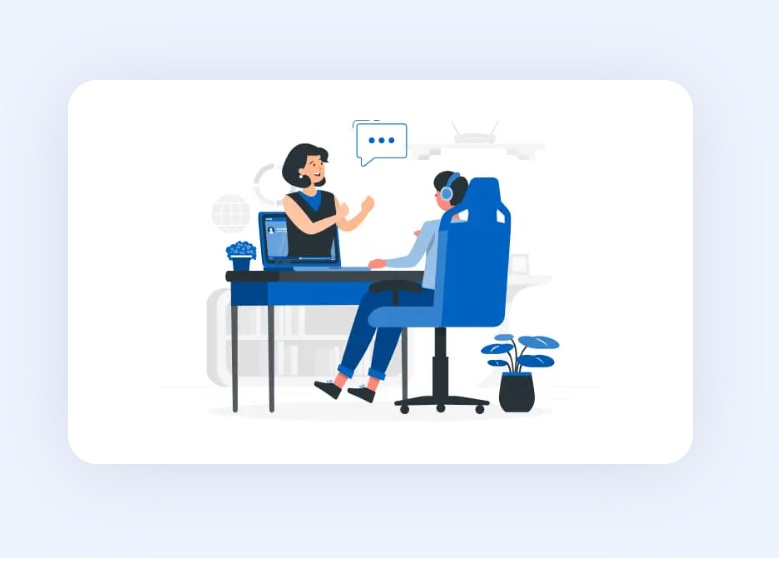In today's fast-paced world, the demand for flexible and accessible learning solutions has never been higher. E-learning software development has emerged as a cornerstone in addressing this need, providing individuals and organizations with the tools to engage in effective online education. From interactive courseware to comprehensive learning management systems (LMS), the realm of e-learning software offers a multitude of opportunities for innovation and growth.
Understanding E-Learning Software Development
E-learning software development encompasses the creation and implementation of digital tools and platforms designed to facilitate online learning experiences. These solutions can range from simple applications for delivering course content to complex systems that incorporate multimedia elements, assessments, and collaboration features. At its core, e-learning software aims to replicate and enhance traditional learning experiences in a virtual environment, offering learners the flexibility to access resources anytime, anywhere.
Key Components of E-Learning Software
1. User Interface (UI) Design
A seamless and intuitive user interface is essential for engaging learners and facilitating easy navigation. E-learning software should prioritize clean design principles, with clear instructions and visually appealing layouts to enhance the overall learning experience. Intuitive UI design ensures that learners can focus on content without being distracted by technical complexities.
2. Content Management System (CMS)
A robust content management system lies at the heart of e-learning software, enabling administrators to create, organize, and deliver educational materials efficiently. From text-based lessons to multimedia presentations, a versatile CMS allows for the integration of various content formats, catering to diverse learning preferences and styles.
3. Interactivity and Engagement Tools
Interactive elements such as quizzes, simulations, and discussion forums play a crucial role in fostering learner engagement and retention. E-learning software should incorporate features that encourage active participation and collaboration, providing opportunities for learners to apply knowledge in real-world scenarios and interact with peers and instructors.
4. Analytics and Reporting Capabilities
Data-driven insights are instrumental in assessing the effectiveness of e-learning initiatives and identifying areas for improvement. Advanced analytics tools empower administrators to track learner progress, evaluate course performance, and gather feedback for continuous refinement. By leveraging analytics insights, organizations can optimize their e-learning strategies and enhance learning outcomes.
Best Practices in E-Learning Software Development
1. Customization and Personalization
Tailoring e-learning experiences to individual learner needs fosters greater engagement and motivation. Developers should prioritize customization features that allow learners to set preferences, track progress, and access relevant content based on their skill level and learning objectives.
2. Mobile Compatibility
With the rise of mobile technology, e-learning software must be compatible with a wide range of devices and screen sizes. Responsive design techniques ensure seamless access to course materials across desktops, laptops, tablets, and smartphones, empowering learners to learn on the go.
3. Scalability and Flexibility
Scalability is key to accommodating varying numbers of users and adapting to evolving organizational needs. E-learning software should be scalable enough to support growing user bases and flexible enough to integrate with existing systems and workflows seamlessly.
Conclusion
E-learning software development holds immense promise in revolutionizing the way we approach education and training. By leveraging innovative technologies and best practices, organizations can create engaging and effective learning experiences that empower individuals to achieve their full potential. From user-centric design to advanced analytics, the key to success lies in prioritizing quality, accessibility, and innovation in every aspect of e-learning software development. As the landscape of education continues to evolve, embracing the power of e-learning software is essential for staying ahead of the curve and unlocking new opportunities for growth and learning.


No comments yet